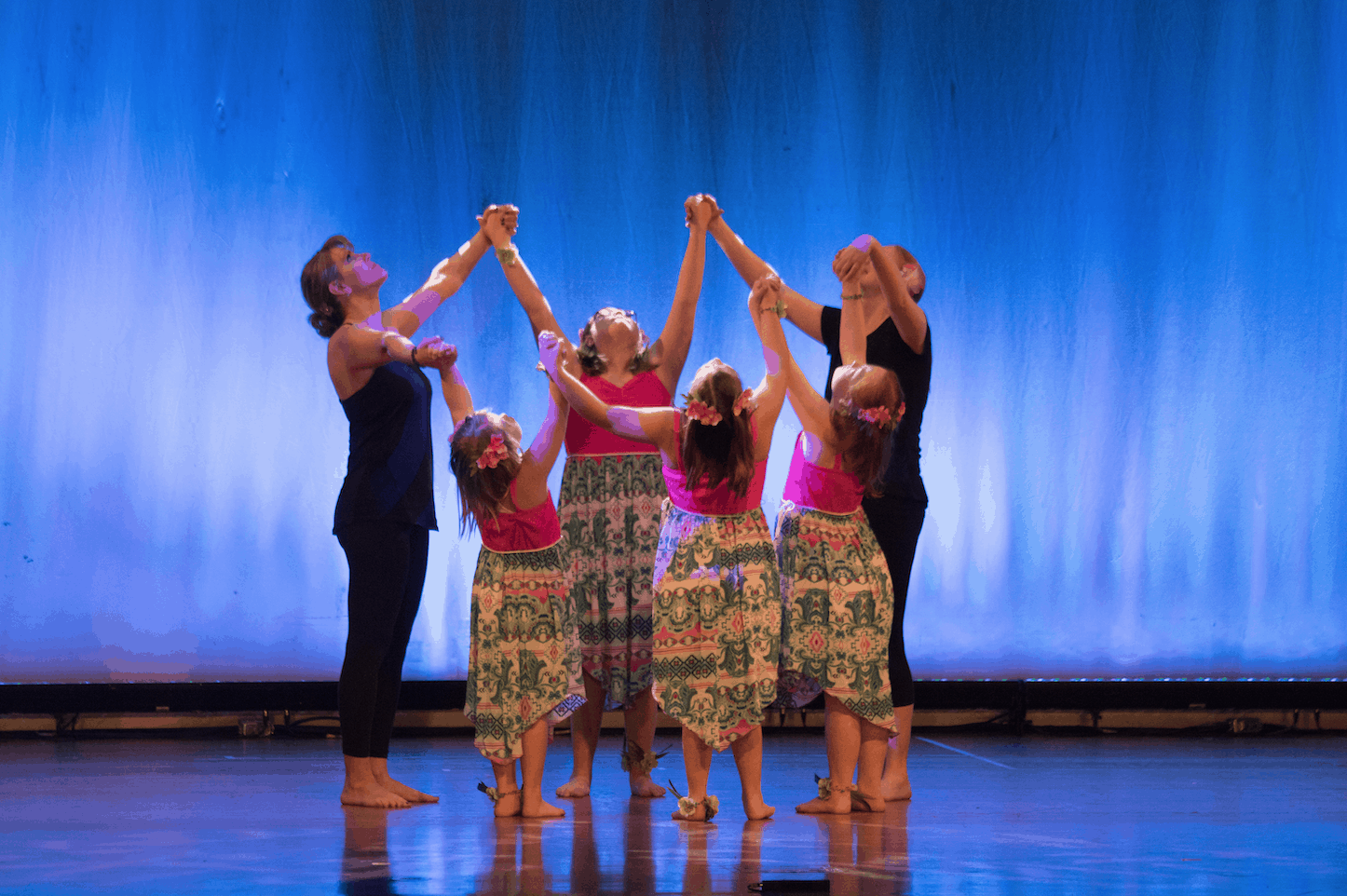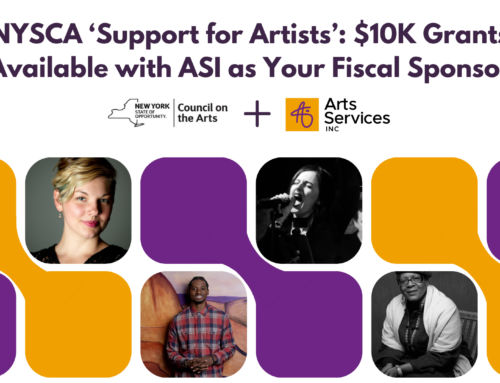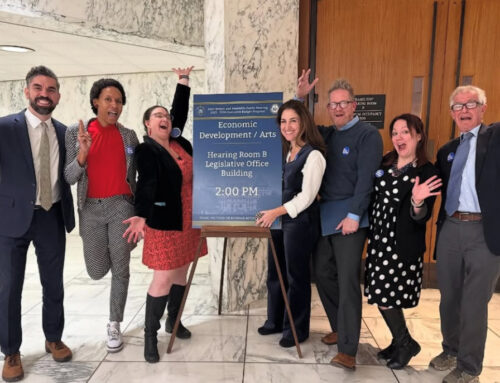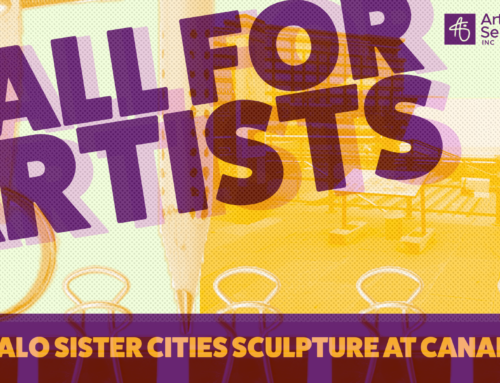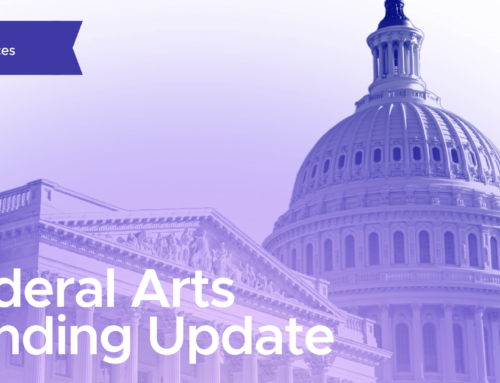As part of our 2020 resolution to ignite conversations related to accessibility, diversity, inclusion, and equity in Western New York, every month ASI will spotlight a new local leader in the arts whose initiatives are creating important and lasting impacts.
danceability, recipient of the 2014 ASI Spark Award for Rising Star, is an individualized dance, fitness, and movement program based in Depew that serves the region’s special needs community. Founded in 2007 by two friends who wanted to share their passion for dance and the critical effects it has had on their lives, the organization has grown to a community more than 300 dedicated volunteers and students. We sat down with danceability Cofounder and Executive Director Robin Bishop to learn more about the organization’s vision, why dance is an ideal outlet for expression, and what she wants to see out of her community partners with regard to increasing accessibility in Western New York.
Tell me a little about your background: first, as a dancer; then, as an individual concerned with serving the special needs community.
I started dancing at three years old and never stopped. I went to local studios, many of which have since closed, where I studied tap, jazz, and ballet. It wasn’t until high school that I was introduced to modern dance and musical theater. I started college at Denison University in Ohio as a dance major and my first class was African dance with April Berry, which was incredible and terrifying. I eventually transferred to the University at Buffalo, where—even though I was far from a really great dancer—I really honed my skills in musical theater dance, creative movement, and choreography. I graduated with dual degrees in Dance and Health & Human Services. Knowing there was more I wanted to learn, I returned to school to obtain my master’s in Social Work, while also attending dance movement therapy training during my school breaks.
Fast forward many years, Christine Dwyer and I met while teaching dance at another studio. Upon eventually leaving that studio, we became very interested in trying to open our own—one that focused on helping those with special needs improve the quality of their lives through dance. We truly believed that while performing was fun, the real benefit was what happened in the studio before, during, and after class. All of that has helped me to get to where I am now: the cofounder, along with Christine Dwyer, of danceability, a dance and movement program for those with special needs.
What impact has dance had on your life?
Dance has always been a part of my life and I’ve never wanted to it give up. Knowing that there is a creative outlet available to me is so important, and I think it is for our students as well. There were only a few points in my life where I did not have dance, and those times made me feel incomplete.
Which qualities of dance make it an effective art form to share with those who have special needs?
Dance is wide open. Anything can be a dance move—from a strong jazz hand to a shaky leg or sassy head nod. When we work with our dancers, we focus on what they can do rather than what they can’t and turn it into dance—whether it be traditional forms like tap, jazz, and ballet, or more abstract like creative or even pedestrian movement similar to what is used in musical theater. Dance is a whole-body form of art and exercise, and the mind and body is used at all times.
How has your mission and vision for danceability evolved over the last 13 years since its inception?
I can honestly say that our mission has stayed the same, not in words but in vision. We have always focused on bringing quality dance education to the special needs community in ways that will help them improve the quality of their life outside of dance. That, in turn, also helps their families. Additionally, we seek to help families and caregivers in whatever ways we can, whether it’s giving them a sounding board in the waiting room with other families, or making them aware of other resources out there. An added benefit is that we have become a great program for young volunteers to learn about the special needs community. They gain great work experience, and some even decide on careers or college majors because of their time here.
You just moved! What are some of the elements of your new space that make it an ideal and welcoming venue for those with special needs?
We just moved for the third time, this time to our forever-home at 2365 George Urban Boulevard, the site of the old Elaine’s Florist. Our new space has three beautiful dance studios with sprung floors, a huge waiting room for families and caregivers, a sensory waiting area for dancers who need it, a community room where we host workshops and all-age birthday parties, and offices with a costume closet and adequate space storage—all 12 of us used to share one office!
With regard to accessibility, what kinds of things would you like to see from your fellow arts and cultural organizations in Western New York? What can our community do better?
More programs need to welcome adults. At danceability, no one ever ages out, which is often not the case with other programs. danceability dancers range from three years old through adulthood, with our oldest dancer in his 70s. Christine and I have had many dancers for all 13 years we’ve been open; we’ve watched them grow from childhood to teens to now young adults. More education needs to be available for programs that want to be inclusive but don’t know where to start. We are personally working on this…stay tuned!
What’s next for danceability?
Though we have already moved into our forever-home, we are still fundraising for it. Right now we are about $70,000 short of reaching our $300,000 campaign goal. We’ve gotten a lot of funding from local foundations, many of which are first-time grantors for us, and we are extremely grateful for their support. We hope to find a few more generous donors to help us finish off our Capital Campaign so we can direct our complete focus to the program and dancers. Beyond that, our goal is to open our doors to even more dancers in the Western New York community now that we have the space! We want to expand our reach not just to dancers but also to those who would like to teach and work with the special needs community.
Learn more about danceability and how you can get involved at their website.

